stabbing pain in knee
:max_bytes(150000):strip_icc()/kneepainmedreview-01-5c7d9f26c9e77c0001fd5a7d.png) Knee Pain: Causes, Treatment, and When to See a Doctor
Knee Pain: Causes, Treatment, and When to See a DoctorKnee causes and treatment options Knee pain can occur in all kinds of situations, for example when you leave the bed in the morning, get out of the car after a long journey, or even while you're taking a short walk. Furthermore, those who experience knee pain are not always aware of what is causing it. Apparently inexplicable knee pain is often caused by excessive or inappropriate mechanical stress caused by athletic or professional activity, or even simply by age. However, normal daily movements can also lead to excessive mechanical stress. Sometimes people don't realize that their knee pain has been caused by a fall or an incorrect movement because they don't notice the pain until some time after this event has happened. When pain is only gradually noticed, and its causes are unclear, many of the affected wonder what they should do and whether they should see a doctor. In many cases, pain can be eliminated by taking measures to protect the knee for a while. Depending on the actual cause of knee pain, certain types of treatment may be necessary. Such treatment options include pain medication, physiotherapy and surgery. At the same time, using supports often helps reduce knee pain and stabilize the knee. Typical knee painThe constant pain that gets worse when the weight is placed on the knee can be caused by wear on the knee joint. Other possible causes include ongoing excessive swelling or strain. Older individuals often have constant knee pain that makes standing and walking a tortuous experience. Anyone who experiences a constant knee pain should be sure to consult a doctor. It is important to be aware of the fact that knee pain is a sign to warn you that you need to protect your knee joint against additional stress. In the case of wear, however, staying completely immobile can increase the level of pain, and therefore it is not an appropriate solution. On the other hand, staying still for only an hour or so after placing excessive tension on the knees, or participating in an athletic or other activity that is soft on the knees, can help relieve pain. Here, the use of a knee support can stabilize the knee joint and reduce the mechanical stress to which it is exposed. Causes of knee pain The causes of knee pain are very varied. Knee pain may be caused by, among other things: Use the joint of the knee (osteoarthritis) as a cause of knee pain.Osteoarthritis is a condition in which the cartilage in a joint breaks down slowly. In the knee joint, this cartilage works as a protective layer between the thigh and the lower bones of the leg. If not treated, osteoarthritis can in the worst case cause cartilage in the joint of the knee to deteriorate to such a extent that the two bones begin to rub directly between themselves. Knee pain caused by wear usually occurs after a person starts moving again after a long period of inactivity – that is, after sitting or lying. Doctors use the term "moving pain" if the pain is dissipated after the first steps are taken. As osteoarthritis progresses, the level of pain generally increases and pain can even occur during periods of inactivity. It should be noted, however, that the progression of osteoarthritis, and the level of pain experienced, varies among those affected by the disease. This means that the extent to which the disease has progressed unfortunately cannot be determined by the duration of the pain or its intensity. In addition, many of those suffering from osteoarthritis experience pain only intermittently. Meniscal damage (meniscopathy) as a cause of knee pain Meniscus is a two-part cartilage (each part has a crescent shape) in the knee joint. Each knee has two menisci (medium and lateral meniscus) that absorb or cushion traction forces. Meniscopathy is the term used to describe meniscal damage not caused by trauma. In other words, meniscopathy refers to damage caused mainly by wear due to inappropriate mechanical stress and excessive stress over a long period of time. However, lesions such as cross ligament tears (post-traumatic) can also cause meniscale damage. In addition, meniscale tears can be caused by abrupt rotating movements that occur at work or when they participate in sports. Depending on whether the medial or lateral jellyfish is affected, the result will be to stab the pain on the inside or outside of the knee joint. Diagnosing knee painBecause knee pain may have many different causes, a doctor should be consulted before a diagnosis is made. The doctor will ask the patient to explain when their symptoms began to occur, how long the knee pain lasts and what it feels. Patients will also be asked to describe any accompanying symptoms or pre-existing conditions they may have. After that, the doctor will examine the patient to determine the extent of joint knee mobility. Various motion tests can provide indications of specific injuries that may be present. To ensure a reliable diagnosis, these tests are usually followed by imaging procedures such as ultrasound, X-rays, CT scan, MRI and arthroscopy (minimumly invasive examination of the knee joint). Knee Pain Treatment The most important component of treatment is to immediately relieve pain by avoiding excessive stress and taking pain medications. The subsequent treatment is designed in line with specific causes, whereby the supports and orths stabilize the joint of the knee, protect the injured knees and relieve pain. However, one of the first steps taken in the case of most injuries involves a proven and proven method: The patient is told to remain immobile. It can also be prescribed physiotherapy in the form of kinotherapeutic baths and aerobic aerobics both before and after any potential operation. Other common treatments include electrotherapy and heat or cold application. Healing support for knee joints Medical knee support can provide effective assistance when treating knee pain. The anatomical GenuTrain® knee support relieves and stabilizes the knee joint. This support is made of a knit fabric with an Omega pad integrated in the form of a ring (functional mattress) that provides optimal relief to the joint by diverting pressure from the knee to other soft tissue structures. Two nubs on the lower edge of the pad – the Hoffa pads – exert pressure mimada and directed on the infrapatellar fat pad (Hoffa fat pad) in the knee joint, thus providing greater relief to the knee. In addition, the side wings integrated into the product help to relieve meniscal pain specifically. When a person moves, the knee support acts as an intermittent compression massage unit increasing and decreasing pressure. This stimulates metabolism and promotes the healing process. The GenuTrain® knee support is made of a breathable knitting fabric and is comfortable to use. It fits every movement, does not constrain, and will not escape the place. The support is also particularly soft and elastic in the sensitive area behind the knee. In this way, the support combines optimal efficiency with a high level of comfort.© 2021
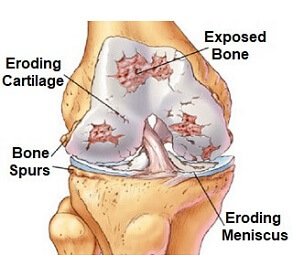
Sharp Knee Pain: Causes, Symptoms & Treatment
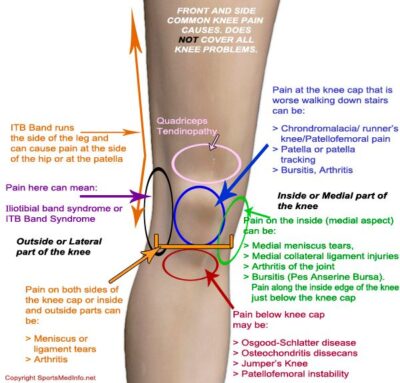
Knee Pain | Burning, Stabbing & Pain on Inside of Knee | The Chelsea Knee Clinic
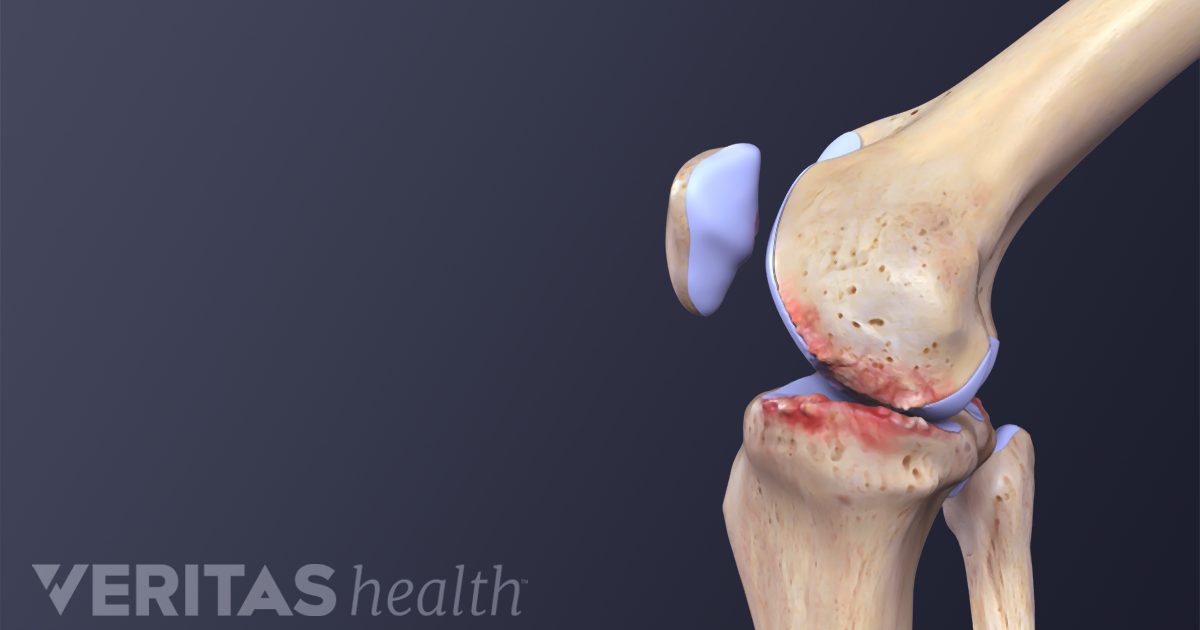
Knee Pain and Arthritis
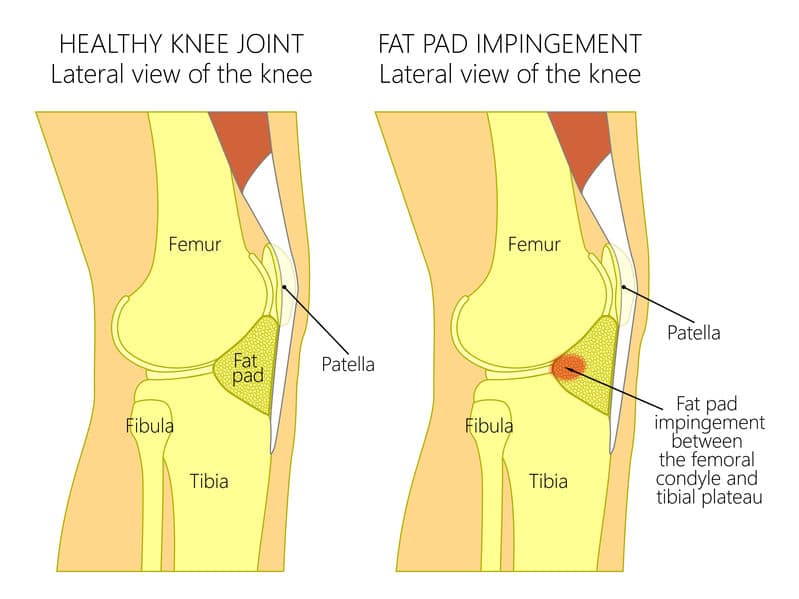
Pain In The Front Of The Knee: 6 Common Causes – Howard J. Luks, MD

Sharp Stabbing Pain Above Knee - I Have A Bump On My Knee And It Hurts
![Sharp Knee Pain from Squatting [5 Little-Known Reasons] Sharp Knee Pain from Squatting [5 Little-Known Reasons]](https://www.precisionmovement.coach/wp-content/uploads/2017/12/meniscus-knee-anatomy.jpg)
Sharp Knee Pain from Squatting [5 Little-Known Reasons]

Sharp Knee Pain
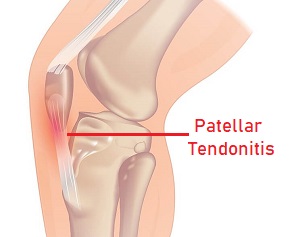
Knee Pain Kneeling: Causes & Treatment - Knee Pain Explained
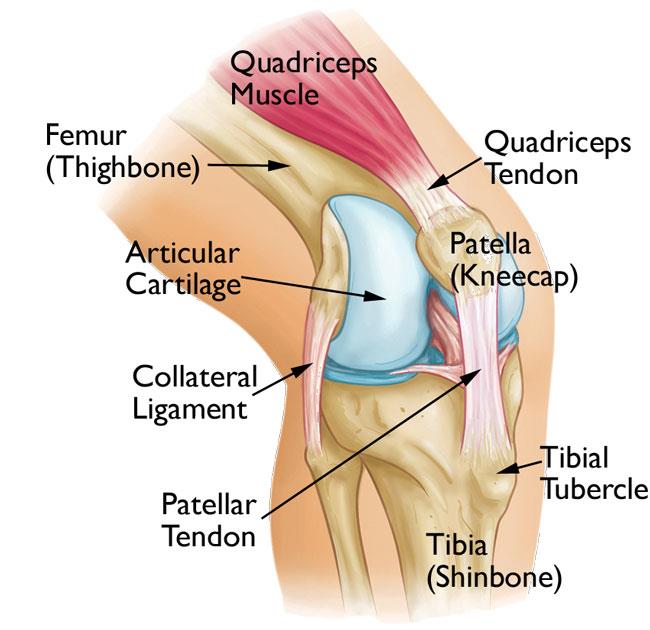
Patellofemoral Pain Syndrome - OrthoInfo - AAOS

Torn Meniscus Lafayette LA, Knee Pain, Cartilage | Dr. Vizzi
![Sharp Knee Pain from Squatting [5 Little-Known Reasons] Sharp Knee Pain from Squatting [5 Little-Known Reasons]](https://www.precisionmovement.coach/wp-content/uploads/2017/12/sharp-knee-pain-when-squatting-Chondromalacia-patellae.jpg)
Sharp Knee Pain from Squatting [5 Little-Known Reasons]
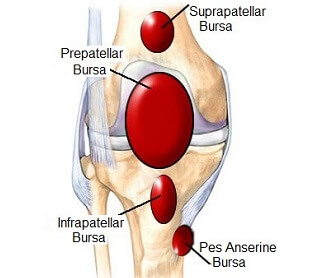
Sharp Knee Pain: Causes, Symptoms & Treatment

What Kind of Knee Pain Do You Have? – Squat University
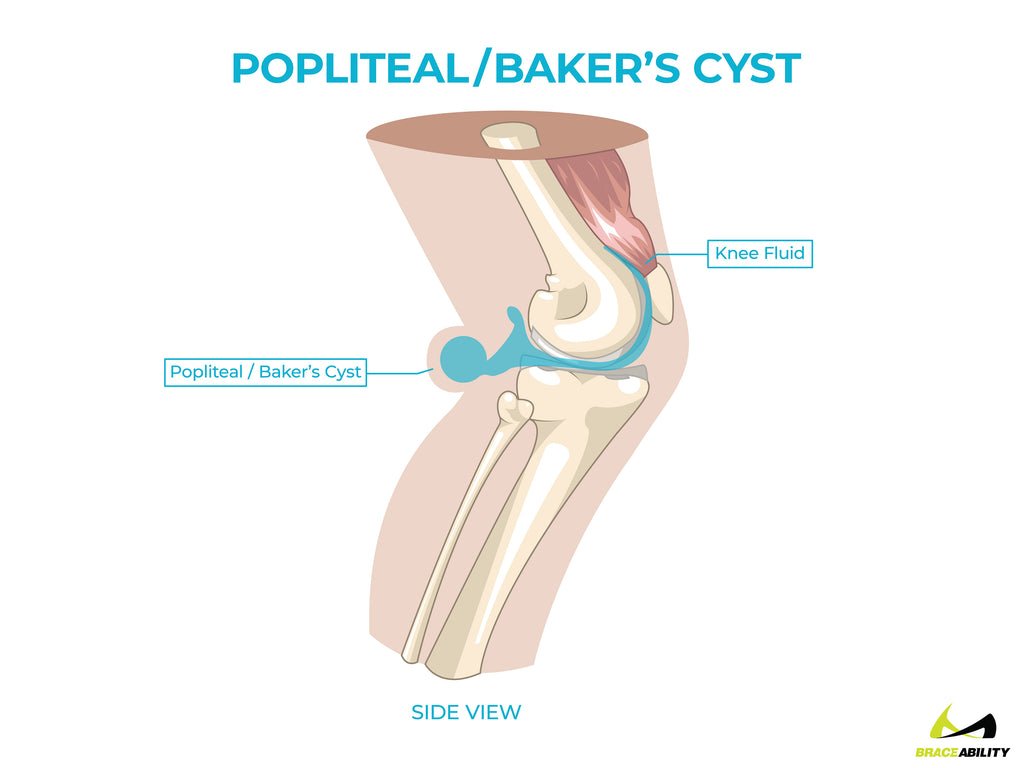
Pain Behind Knee | Why it Hurts in Back of or Under your Kneecap
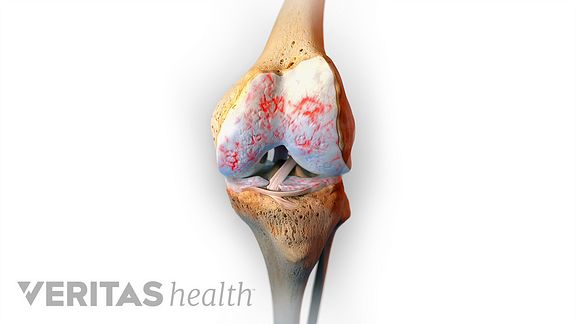
Knee Pain and Arthritis
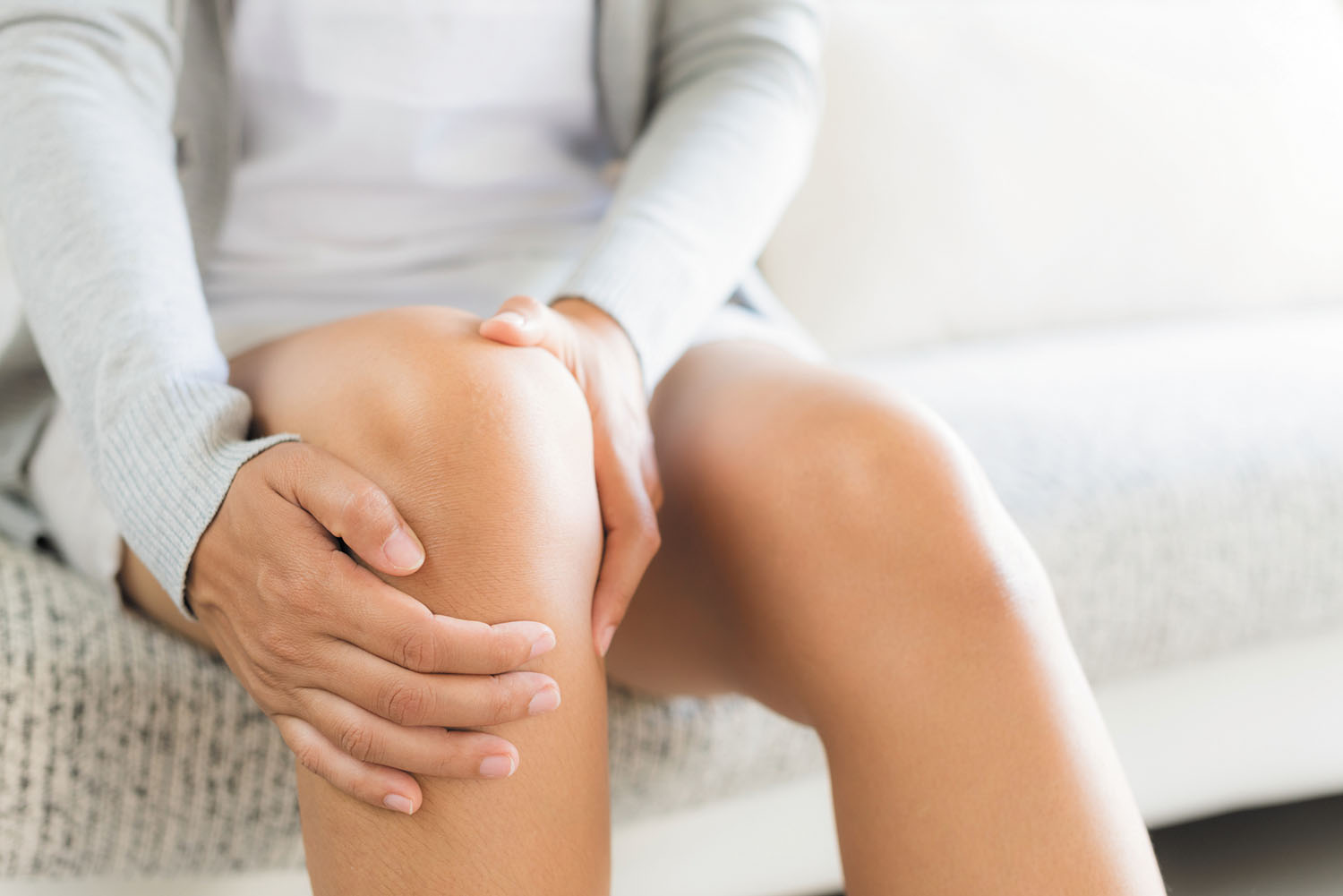
Oh, my aching knees - Harvard Health
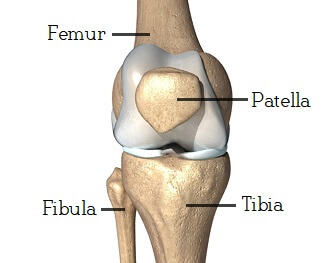
Sharp Knee Pain: Causes, Symptoms & Treatment

Inner Knee Pain: Why Does the Inside of My Knee Hurt?

Sharp Pain Back of Knee (Page 1) - Line.17QQ.com
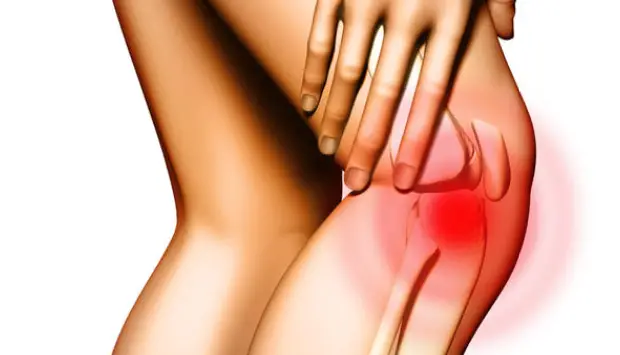
5 Ways To Prevent Sharp Stabbing Pain in Knee Comes and Goes - Body Pain Tips

Lateral (outer) knee pain | Health Information | Bupa UK
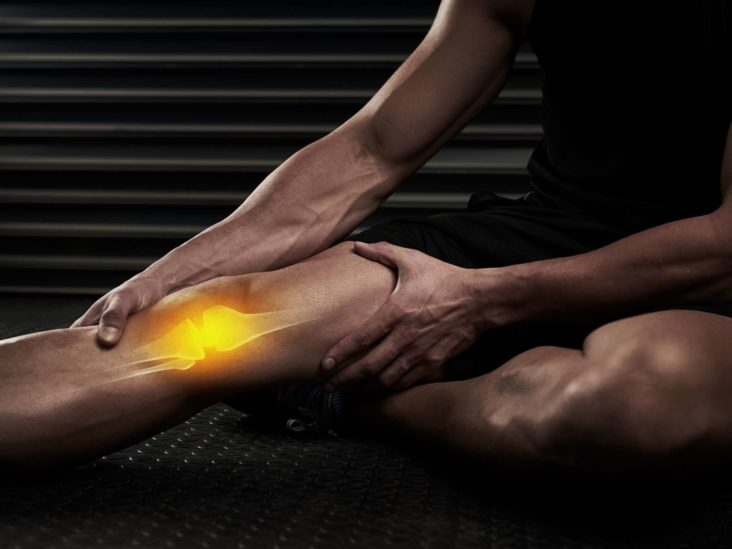
Inner knee pain: Treatment, exercises, and causes
What could cause knee pain and tingling in my foot? - Quora
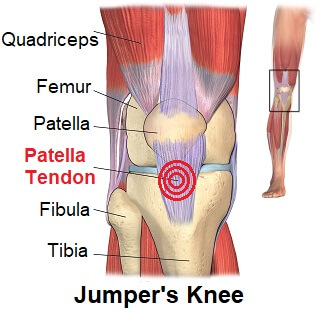
Front Knee Pain: Causes, Symptoms & Treatment
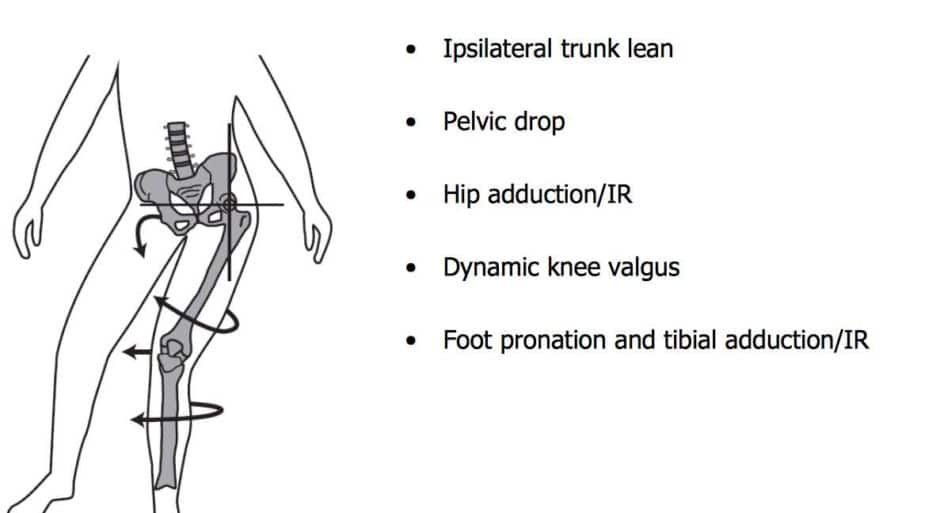
Pain In The Front Of The Knee: 6 Common Causes – Howard J. Luks, MD

Ortho Dx: Sharp, Stabbing Knee Pain - Clinical Advisor
/kneepainwhenrunning-58d2ae2b3df78c5162051537.jpg)
Why Do I Feel Knee Pain When Running?
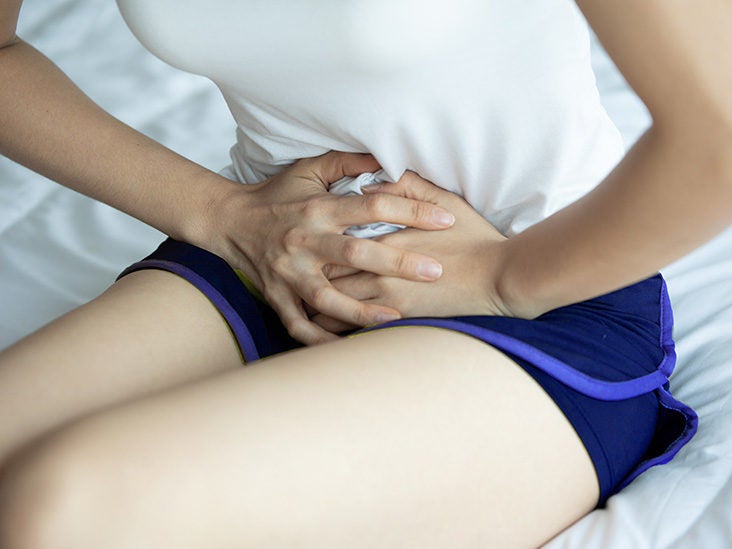
Stabbing pain in the left groin in females: Causes and treatments

What can cause Knee Pain Without Injury | Bowen Hefley Orthopedics
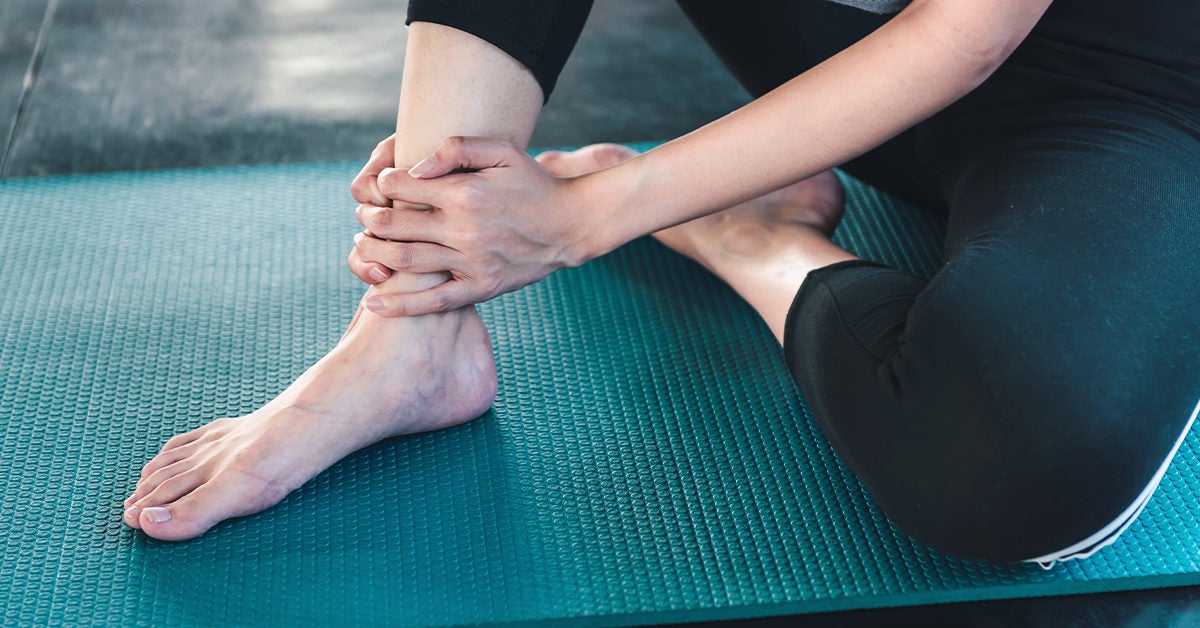
Sharp Shooting Pain in Leg That Comes and Goes: Causes and Treatment

What Are Some Causes of Stabbing Pain in the Knee Cap?

Pin on Lena

Leg Ailments: Knee - Knee Pain - FootSmart

What causes sharp pain behind knee? How can it be managed? - Dr. Navinchand D J - YouTube

Anterior Knee Pain - Physiopedia
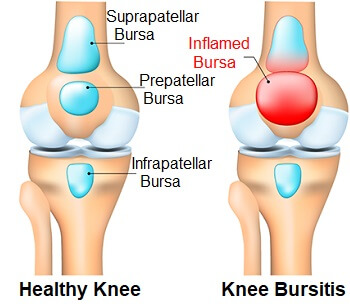
Knee Pain Kneeling: Causes & Treatment - Knee Pain Explained
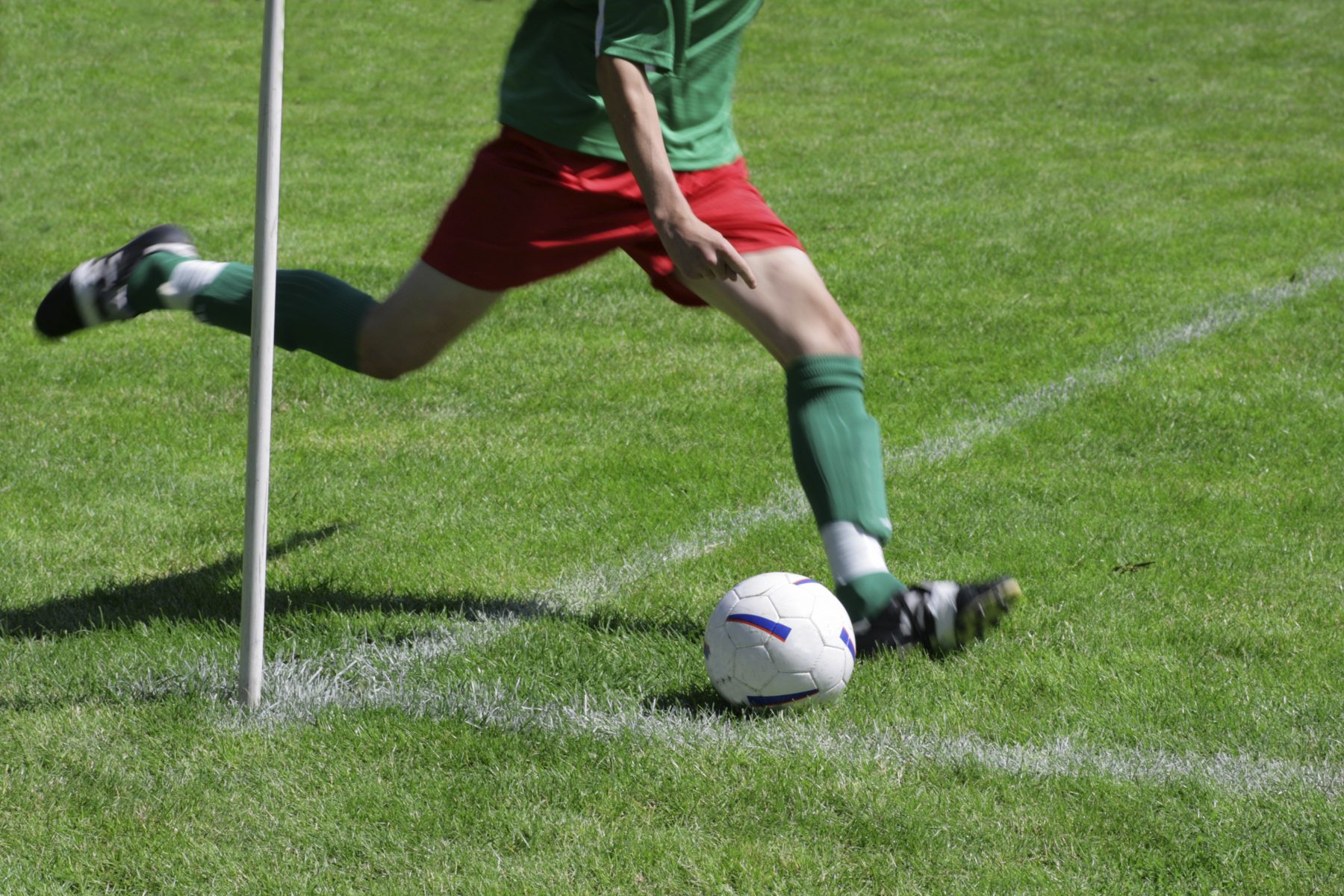
Knee Pain | Burning, Stabbing & Pain on Inside of Knee | The Chelsea Knee Clinic

Ortho Dx: Sharp, Stabbing Knee Pain - Clinical Advisor
![Sharp Knee Pain from Squatting [5 Little-Known Reasons] Sharp Knee Pain from Squatting [5 Little-Known Reasons]](https://www.precisionmovement.coach/wp-content/uploads/2017/12/sharp-knee-pain-when-squatting-knee-injuries.jpg)
Sharp Knee Pain from Squatting [5 Little-Known Reasons]
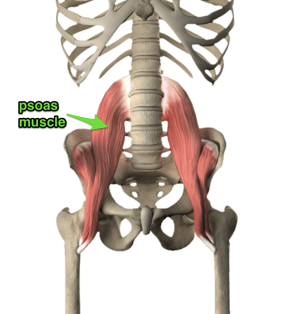
Is your lower back causing your knee pain?
Posting Komentar untuk "stabbing pain in knee"